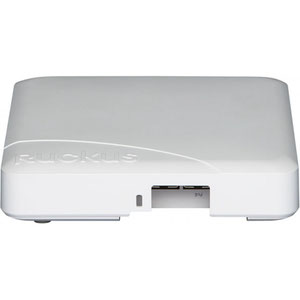


- #Iphone wifi transmit power ruckus how to#
- #Iphone wifi transmit power ruckus install#
- #Iphone wifi transmit power ruckus series#
Example: Verifying the Band-Selection Settings.Example: Viewing the status of 802.11h Parameters.Example: Viewing the Configuration Settings for the 2.4-GHz Band.Example: Viewing the Configuration Settings for the 5-GHz Band.Verifying Configuration Settings Using Band Selection and 802.11 Bands Commands.Monitoring Configuration Settings for Band Selection, 802.11 Bands, and Parameters.Configuring a Band-Select RF Profile (CLI).Configuring a Band-Select RF Profile (GUI).
#Iphone wifi transmit power ruckus how to#
How to Configure 802.11 Bands and Parameters.Restrictions for Band Selection, 802.11 Bands, and Parameters.Information About Configuring Band Selection, 802.11 Bands, and Parameters.Authentication and Authorization Between Multiple RADIUS Servers.Enabling Syslog Messages in Access Points and Controller for Syslog Server.Predownloading an Image to an Access Point.Cisco Connected Mobile Experiences Cloud.Unscheduled Automatic Power Save Delivery.802.11 Parameters for Cisco Access Points.Converting Autonomous Access Points to Lightweight Mode.
#Iphone wifi transmit power ruckus series#
#Iphone wifi transmit power ruckus install#
Antennas:Īntennas are the first mechanism to control cell sizing. They are also the most expensive and impactful way to adjust the size of a cell because you have to purchase and install different antennas. There are three primary methods to alter the size of an APs effective cell: Antenna, Attenuation, and Transmit Power. Sure, there are other options like data rates, RX-SOP, but I classify these as airtime conservation techniques. Can you alter the cell size with these setting? Sure, but you probably shouldn’t. I’ll be transparent in that I don’t like the typical Ruckus design methodology. The idea of leveraging maximum transmit power results in sticky clients, and because clients often measure signal based on the beacon, they think the signal is ok. So when I hear folks trying to use data rates to adjust cell sizing because they won’t use the proper tool for the job, I cringe. I was watching a video recently where a Wi-Fi engineer was recommending changing the minimum data rate to shrink cells. The scenario very typical, clients were hanging on to APs instead of roaming to an AP in the same room. A few minutes later, this all made sense when I made the connection that he worked with Ruckus gear.


 0 kommentar(er)
0 kommentar(er)
